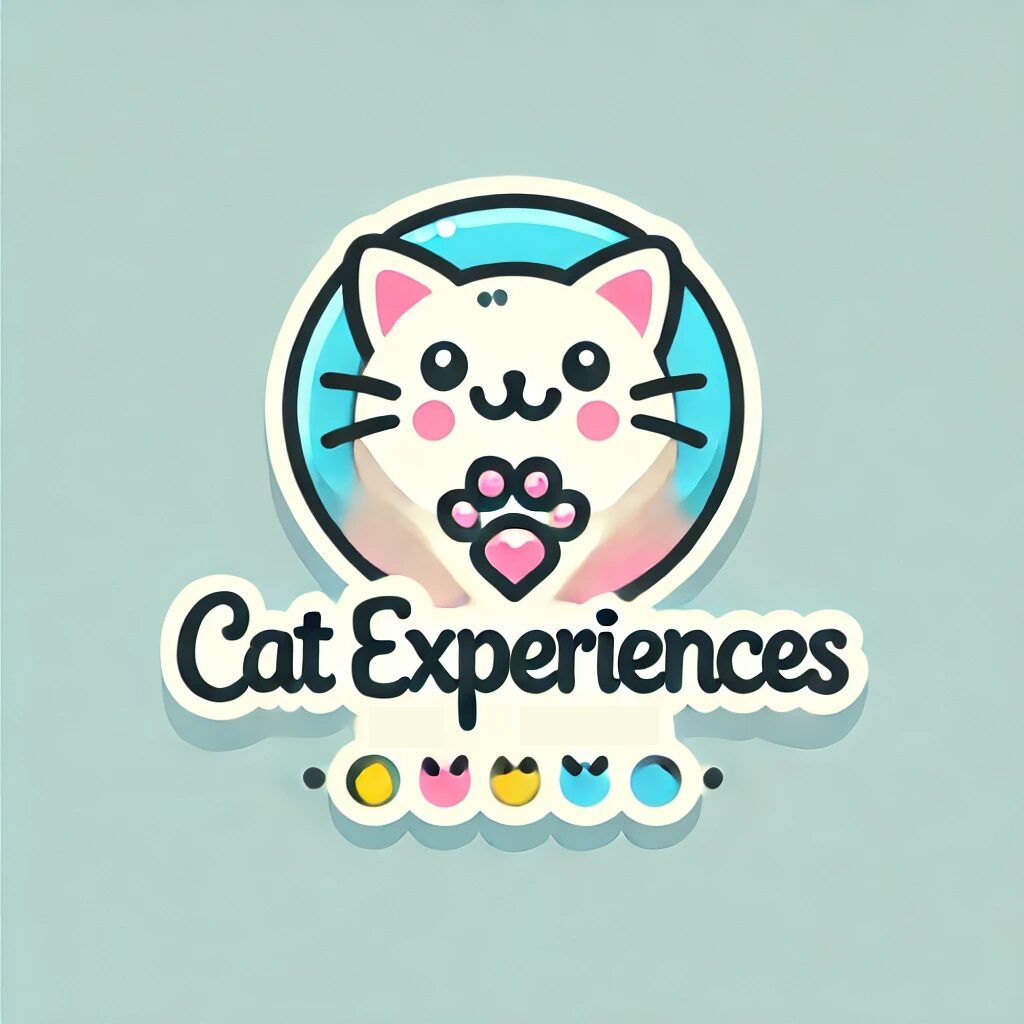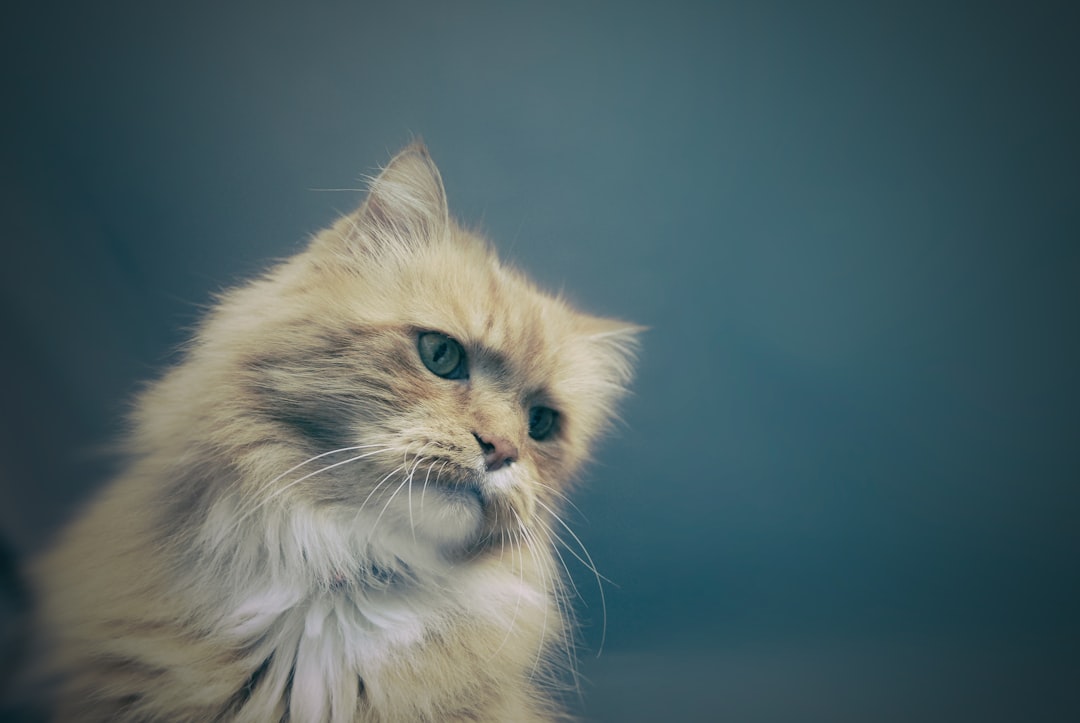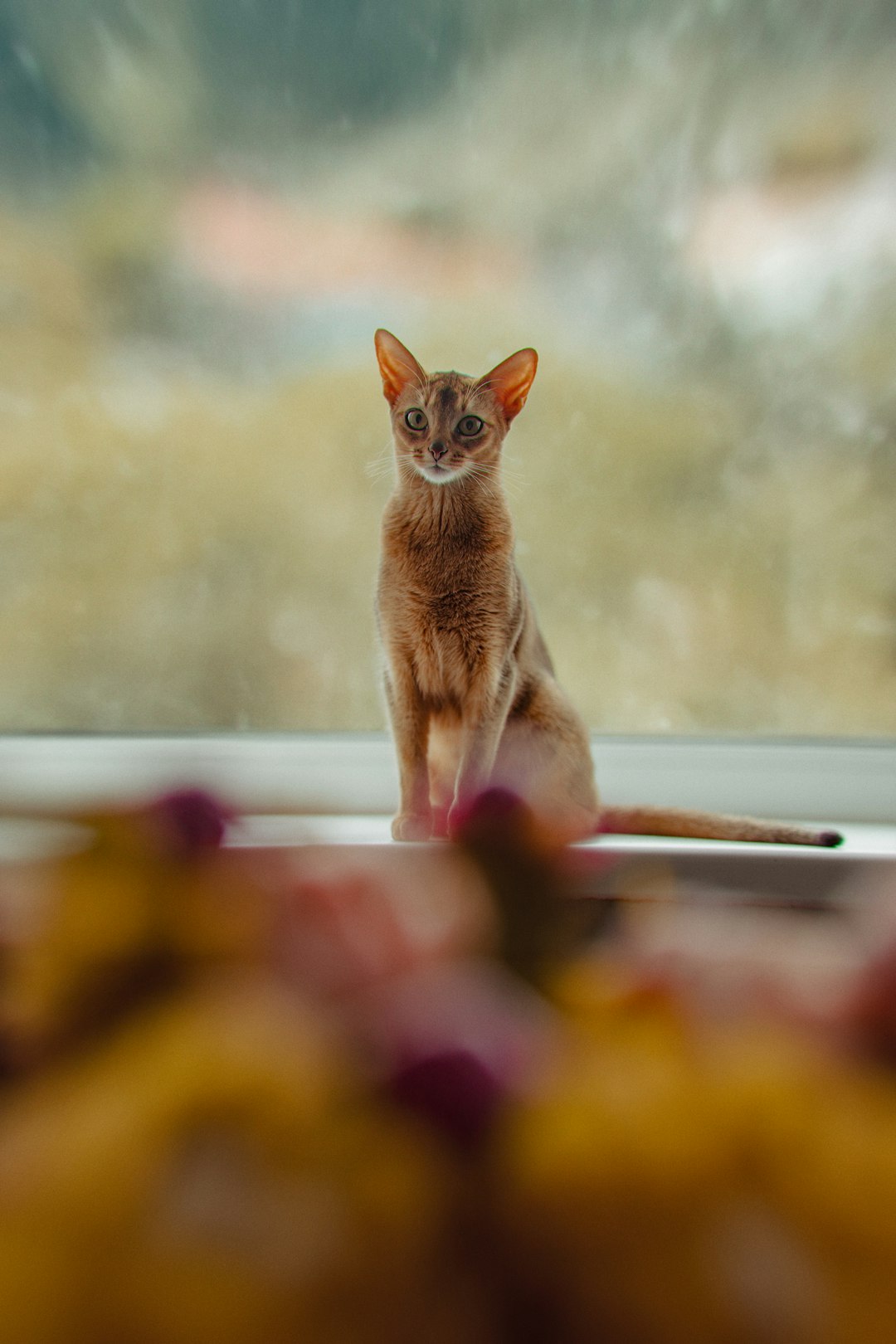The captivating White Tabby Cat stands out not just for its striking appearance but also for its unique traits and care requirements. These cats showcase a variety of distinct patterns and markings that vary across different breeds. Understanding their temperament, dietary needs, and grooming practices can significantly enhance their well-being. Additionally, being aware of health concerns and employing effective training techniques ensures a happy and healthy life for your beloved feline companion. Delve into the fascinating world of the White Tabby Cat to uncover the secrets behind their charm and care.
Physical Characteristics of White Tabby Cats
White Tabby Cats stand out with their unique and striking features. These cats are not only visually appealing but also exhibit particular characteristics that define them. Here are the key physical traits to look for:
Color: As the name suggests, the White Tabby Cat has a primarily white coat, which can feature subtle tabby markings in a variety of colors, including gray, brown, or orange.
Patterns: The tabby patterns include classic swirls, stripes, or spots, adding an artistic flair to their appearance. The unique combination of white and tabby ensures that no two White Tabby Cats look exactly alike.
Eye Color: These cats often possess captivating eye colors, ranging from vibrant green to deep amber, enhancing their overall charm.
Build: Typically, White Tabby Cats have a medium build, with a well-proportioned body, strong legs, and a rounded head, giving them an elegant yet sturdy presence.
These physical characteristics contribute to the allure of the White Tabby Cat, making them a delightful addition to any household.
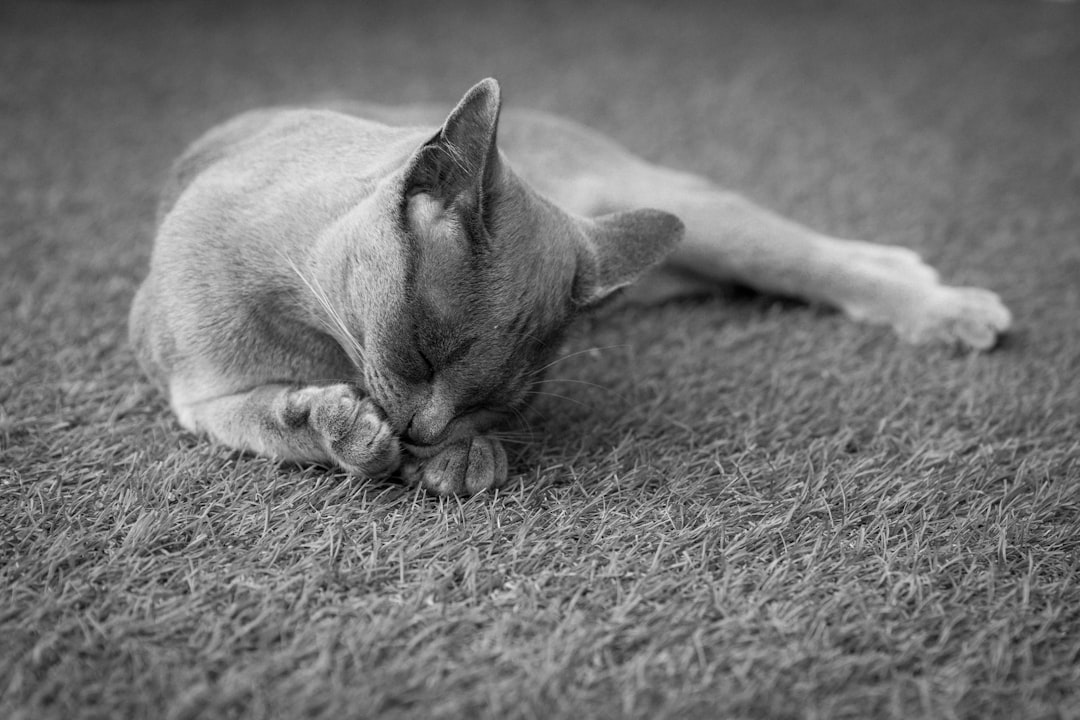
Distinct Patterns and Markings
The White Tabby Cat showcases a variety of unique patterns and markings that set it apart from other tabby variations. Unlike standard tabby cats, which can display a mix of colors, the white tabby exhibits its stunning markings against a predominantly white coat. Here are some key features to note:
Mackerel Pattern: This pattern features narrow, parallel stripes that run along the sides, giving the cat a sleek appearance.
Classic Pattern: The classic tabby has a swirling pattern, resembling a marble design, which adds to its visual charm.
Spotted Pattern: Instead of stripes, a white tabby may have distinctive spots, providing a playful and unique look.
Ticked Pattern: This pattern presents bands of color on individual hairs, producing a sophisticated, shimmering effect.
In conclusion, the stunning patterns of the White Tabby Cat not only enhance its beauty but also contribute to its unique identity among feline companions. Whether you’re drawn to the classic or spotted varieties, each showcases an elegant blend of markings that captures the hearts of many cat lovers.
Common Breeds of White Tabby Cats
When exploring the charming world of White Tabby Cats, you’ll encounter a variety of breeds, each showcasing the unique traits that make them endearing companions. Here are some common breeds to consider:
- Domestic Shorthair
- Versatile and friendly
- Varied appearance, easily recognized by their white tabby coat
- American Shorthair
- Strong and playful, known for their hunting instincts
- White tabby patterns often highlighted in their fur
- Maine Coon
- One of the largest domesticated cat breeds
- Friendly and sociable, featuring long tufts of fur and a beautiful white tabby coat
- British Shorthair
- Stocky and robust with a calm demeanor
- Adorned with a plush white tabby pattern
| Breed | Size | Personality Type |
|---|---|---|
| Domestic Shorthair | Medium | Playful, easy-going |
| American Shorthair | Medium to Large | Affectionate, energetic |
| Maine Coon | Large | Gentle, friendly |
| British Shorthair | Medium | Laid-back, loyal |
With a distinct coat and friendly nature, White Tabby Cats from these breeds make wonderful additions to any family.
Temperament and Behavior
The White Tabby Cat exhibits a distinct blend of personality traits, making them both delightful and engaging companions. Here are some key aspects of their temperament and behavior:
- Affectionate Nature: White Tabby Cats tend to be loving and enjoy cuddling with their human counterparts. They thrive on attention and often seek out affection.
- Playful Energy: These cats are known for their playful demeanor. They enjoy interactive playtime and require toys that stimulate their natural hunting instincts.
- Curiosity: White Tabby Cats possess a curious nature. They love exploring their environment, which can lead to amusing antics around the house.
| Trait | Description |
|---|---|
| Affectionate | Loves to cuddle and bond with owners |
| Playful | Highly interactive and enjoys various toys |
| Curious | Explores and investigates their surroundings |
In conclusion, the White Tabby Cat‘s blend of affection, playfulness, and curiosity makes them a wonderful addition to any household. Understanding their behavior can help you provide the love and care they need.
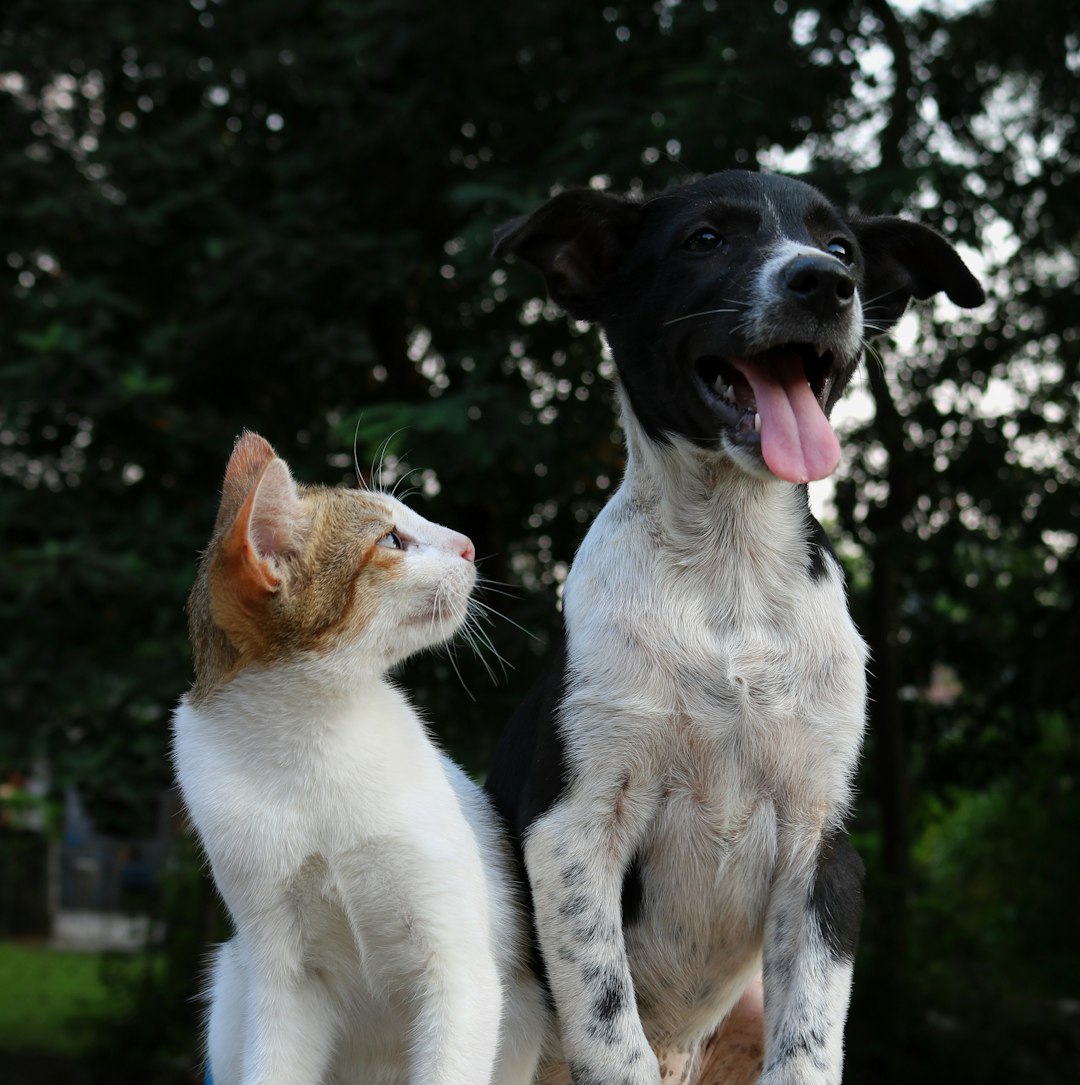
Diet and Nutrition Needs
Understanding the dietary requirements of a White Tabby Cat is essential for maintaining their health and vitality. A balanced diet contributes to their overall well-being and can prevent various health issues. Here are some guidelines to keep in mind:
Key Nutritional Components
- Protein: Cats are obligate carnivores, meaning they thrive on protein-rich diets. Choose high-quality cat food with real meat as the primary ingredient.
- Fats: Healthy fats provide energy and promote a shiny coat. Look for sources like fish oil or chicken fat.
- Carbohydrates: While not essential, a small amount of digestible carbohydrates can support energy levels. Opt for grains like rice or corn based on your cat’s tolerance.
Feeding Tips
- Age Appropriateness: Kittens require different formulations than adult cats. Ensure you’re feeding a diet suitable for your White Tabby Cat’s age.
- Hydration: Fresh water should always be available. Consider wet food options to boost hydration.
Example Diet Plan
| Stage of Life | Main Food Type | Frequency |
|---|---|---|
| Kitten | High-protein kibble | 3-4 meals/day |
| Adult | Balanced wet/dry | 2 meals/day |
By meeting these dietary needs, you can ensure your White Tabby Cat lives a healthy, happy life.
Grooming Tips for White Tabby Cats
Grooming your White Tabby Cat is essential for maintaining their health and coat quality. Here are some effective tips to ensure your furry friend stays clean and comfortable:
Brush Regularly: Aim for at least once a week to remove loose hair and prevent matting. Use a slicker brush or a wide-toothed comb, depending on your cat’s fur length.
Nail Trimming: Trim your cat’s nails every 2–4 weeks to avoid overgrowth, which can lead to discomfort and injury.
Bathing: While cats are generally good at self-cleaning, occasional baths can help. Use a cat-specific shampoo, especially if your White Tabby Cat gets into something messy.
Ear Cleaning: Check their ears weekly for dirt or wax buildup. Use a cotton ball with a vet-recommended solution to clean gently.
Dental Care: Incorporate dental treats or brushing into their routine to prevent periodontal disease.
By establishing a consistent grooming regimen, you enhance the overall well-being of your White Tabby Cat, making them a happy and healthy companion. Remember, the grooming process can also be a bonding experience!
Health Concerns to Monitor
When owning a White Tabby Cat, it’s essential to be aware of specific health issues that may arise. Regular veterinary check-ups ensure you keep your feline friend healthy and happy. Here are some common health concerns:
Genetic Conditions: Certain breeds may predispose your White Tabby Cat to inherited diseases. Regular screenings can help detect issues early.
Obesity: White Tabby Cats love to eat and can become overweight. Monitor their diet and encourage playtime to maintain a healthy weight.
Dental Health: Dental disease is common in cats. Regular dental care, including brushing and professional cleanings, promotes good oral hygiene.
Skin Issues: The unique coat of the White Tabby Cat may require extra care. Keep an eye out for any signs of skin irritation or parasites.
Kidney Disease: Older cats often experience kidney problems. Watch for changes in drinking and urination habits.
Quick Comparison of Health Issues
| Health Concern | Symptoms | Prevention |
|---|---|---|
| Genetic Conditions | Varies | Regular screenings |
| Obesity | Weight gain | Diet control, exercise |
| Dental Health | Bad breath, gum inflammation | Dental care |
| Skin Issues | Irritation, excessive grooming | Regular grooming, vet checks |
| Kidney Disease | Increased thirst and urination | Regular check-ups |
By staying proactive and attentive, you can help ensure your White Tabby Cat lives a long, healthy life.
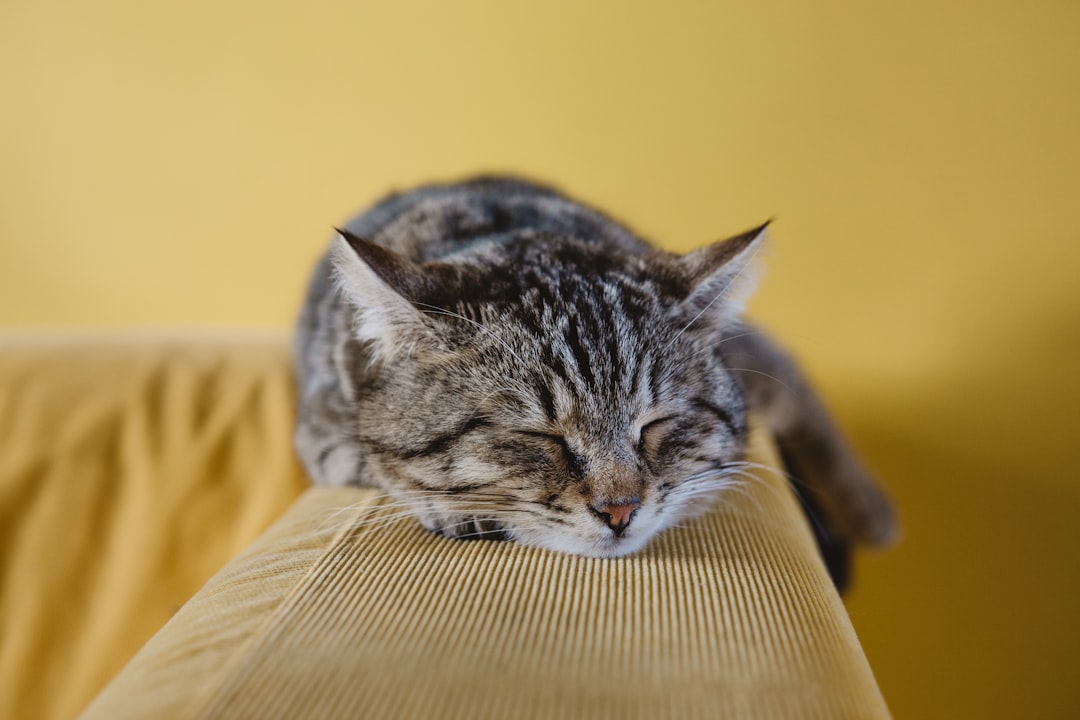
Training and Socialization Techniques
Training a White Tabby Cat can be a rewarding experience, as these cats are known for their intelligence and curiosity. To ensure a well-adjusted companion, consider the following techniques:
- Start Early: Begin training your White Tabby Cat as a kitten to establish good habits early on.
- Use Positive Reinforcement: Reward your cat with treats or praise when they follow commands. This encourages them to repeat the behavior.
- Keep Sessions Short: Cats have short attention spans, so limit training sessions to 5-10 minutes to maintain their interest.
- Socialization is Key: Expose your cat to various environments, people, and other pets. This helps them become confident and reduces anxiety.
Training Techniques Comparison
| Technique | Pros | Cons |
|---|---|---|
| Positive Reinforcement | Builds trust and encourages learning | Requires consistency |
| Clicker Training | Provides clear communication | Needs a learning curve |
| Scratch Post Training | Promotes good scratching behavior | Requires patience |
By employing these techniques, you will foster a loving, social, and obedient White Tabby Cat that integrates well into your lifestyle.
Frequently Asked Questions
What are the unique traits of a White Tabby Cat?
White Tabby Cats possess a distinctive coat featuring a beautiful blend of white fur with subtle tabby markings. These cats are not only visually striking but also often exhibit unique personality traits like playfulness and intelligence. Most White Tabby Cats have striking blue or green eyes that add to their charm. Their affectionate nature makes them wonderful companions, and they often seek human interaction, displaying a friendly demeanor that endears them to families.
How do I care for a White Tabby Cat?
Caring for a White Tabby Cat involves ensuring a balanced diet, regular veterinary check-ups, and proper grooming. A high-quality cat food that meets their nutritional needs is essential for maintaining their health. Regular brushing helps to manage shedding and prevents matting, especially since their fur can be prone to tangles. Additionally, providing plenty of playtime and mental stimulation through toys and interactive activities is crucial, as it keeps them happy and prevents boredom.
Are White Tabby Cats prone to any health issues?
Like all cats, White Tabby Cats can be susceptible to certain health issues, including genetic disorders or conditions common in their breed. Regular veterinary check-ups are crucial for early detection and prevention of health problems. Conditions such as obesity, dental issues, and urinary tract infections can affect their overall wellbeing. Ensuring routine vaccinations and parasite control is also essential to keep them healthy and protected from illnesses.
What is the lifespan of a White Tabby Cat?
The lifespan of a White Tabby Cat generally ranges from 12 to 15 years, although some may live longer with proper care. Factors influencing their lifespan include genetics, diet, exercise, and overall health care. Regular veterinary visits and a healthy lifestyle can enhance their quality of life and longevity. Creating a safe environment and providing mental and physical stimulation are also important for helping your White Tabby Cat thrive throughout its life.
